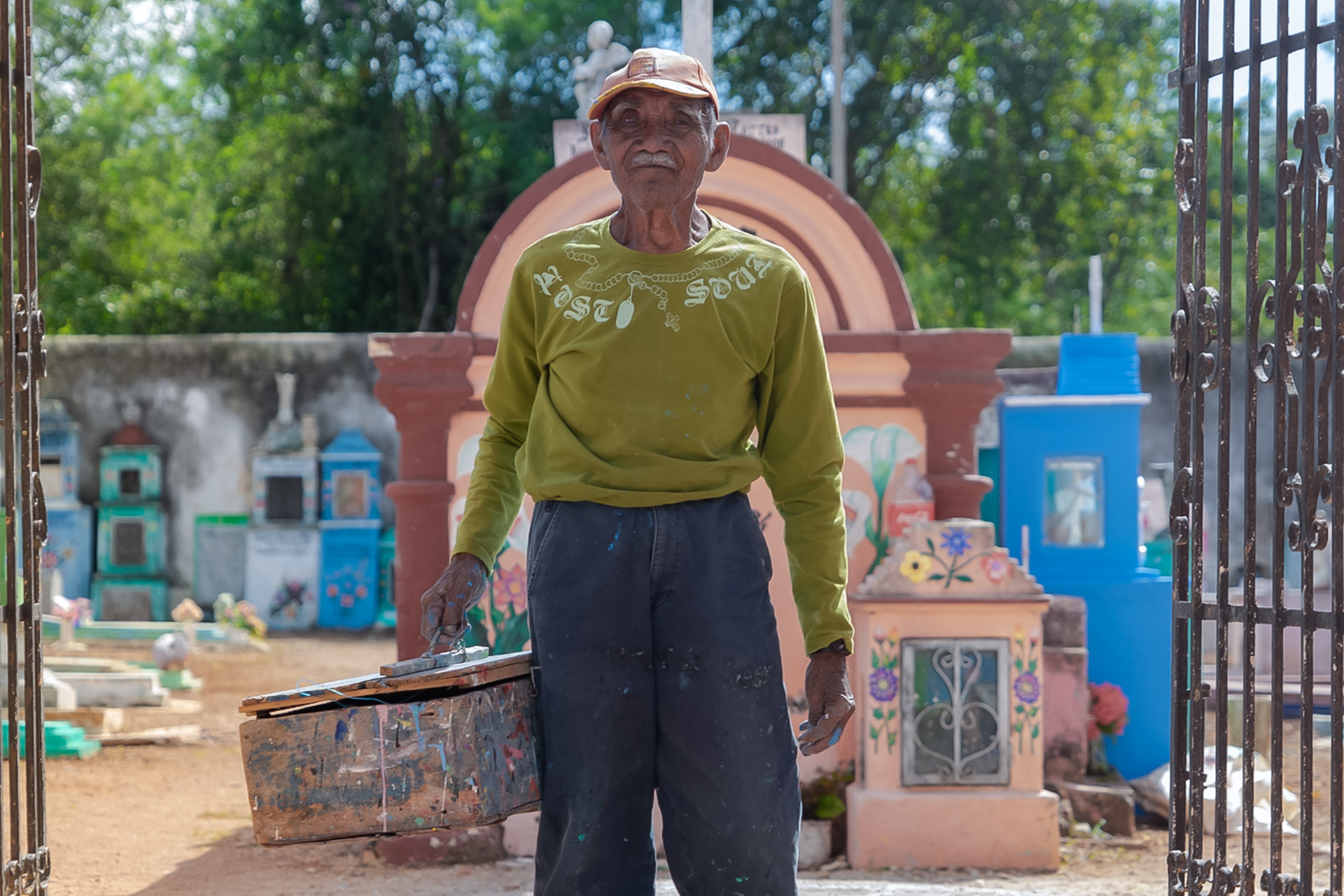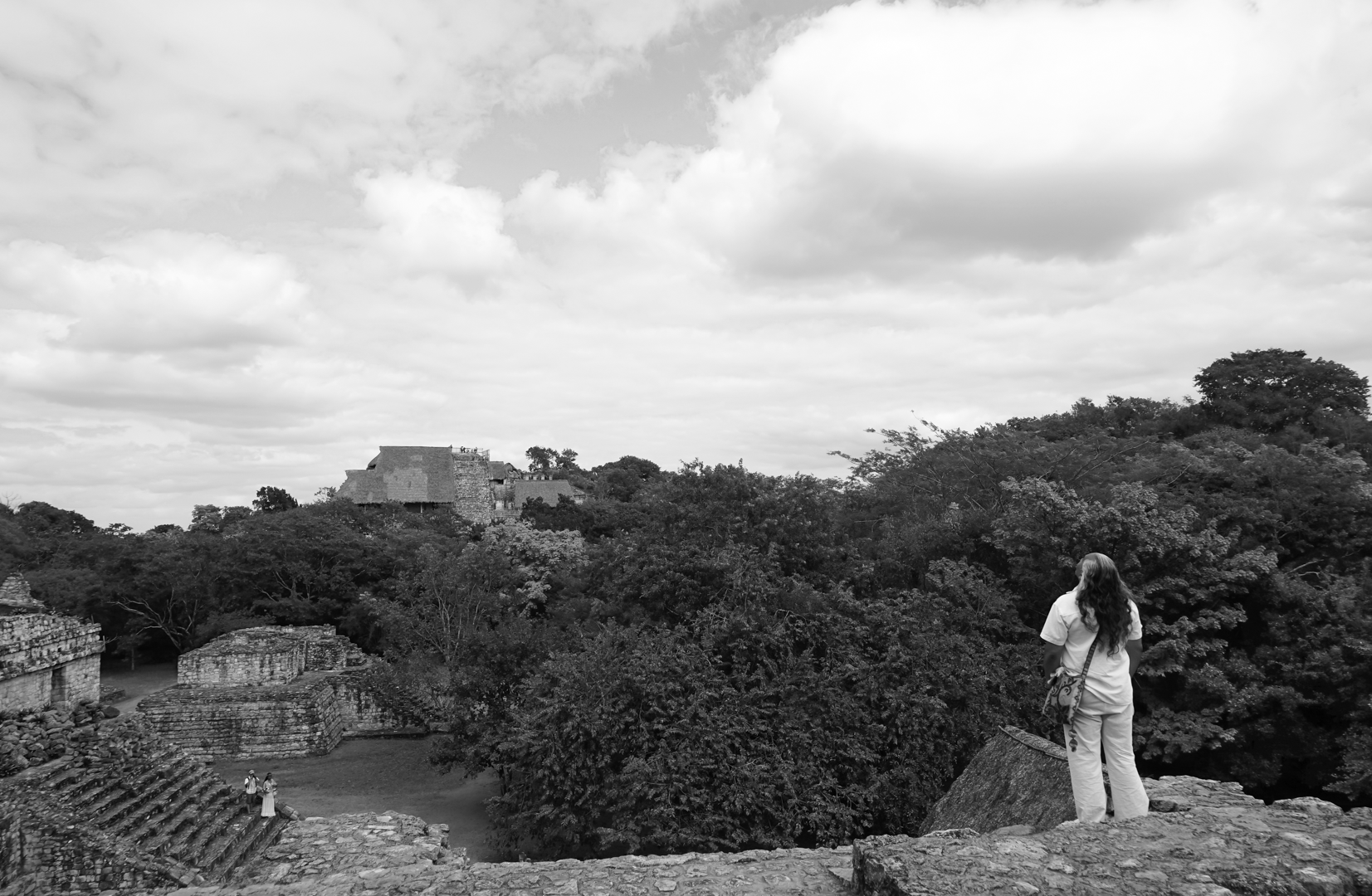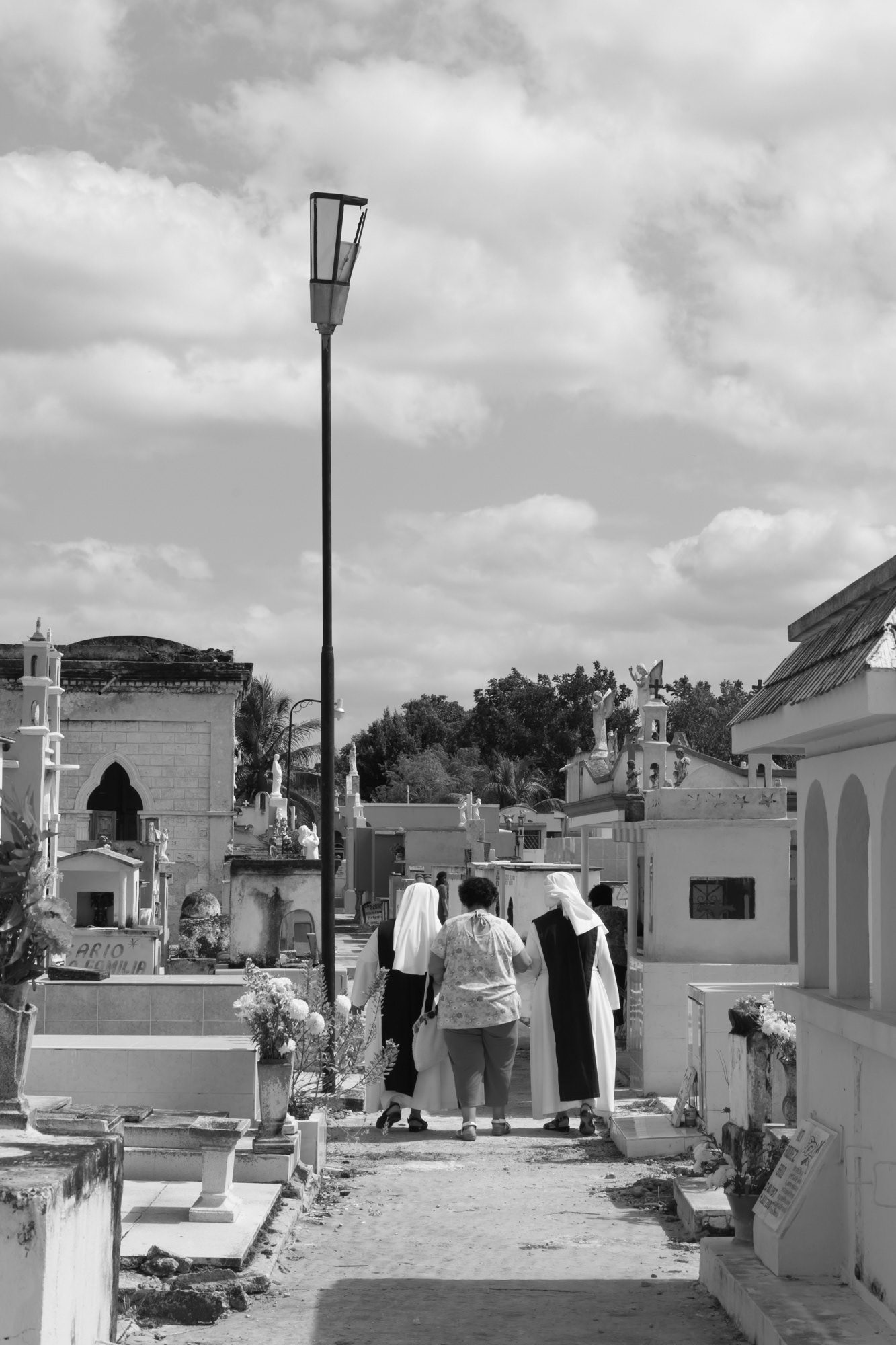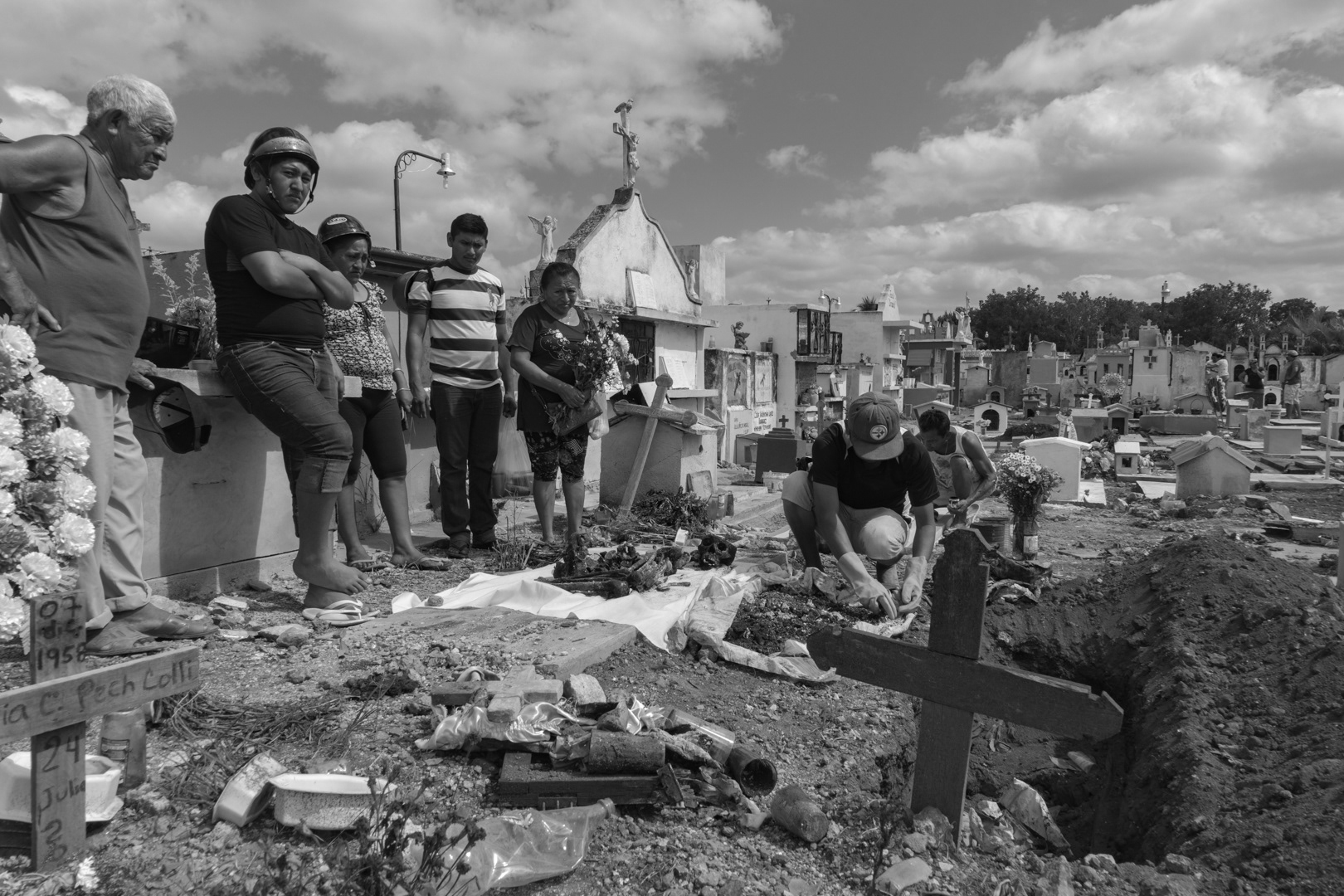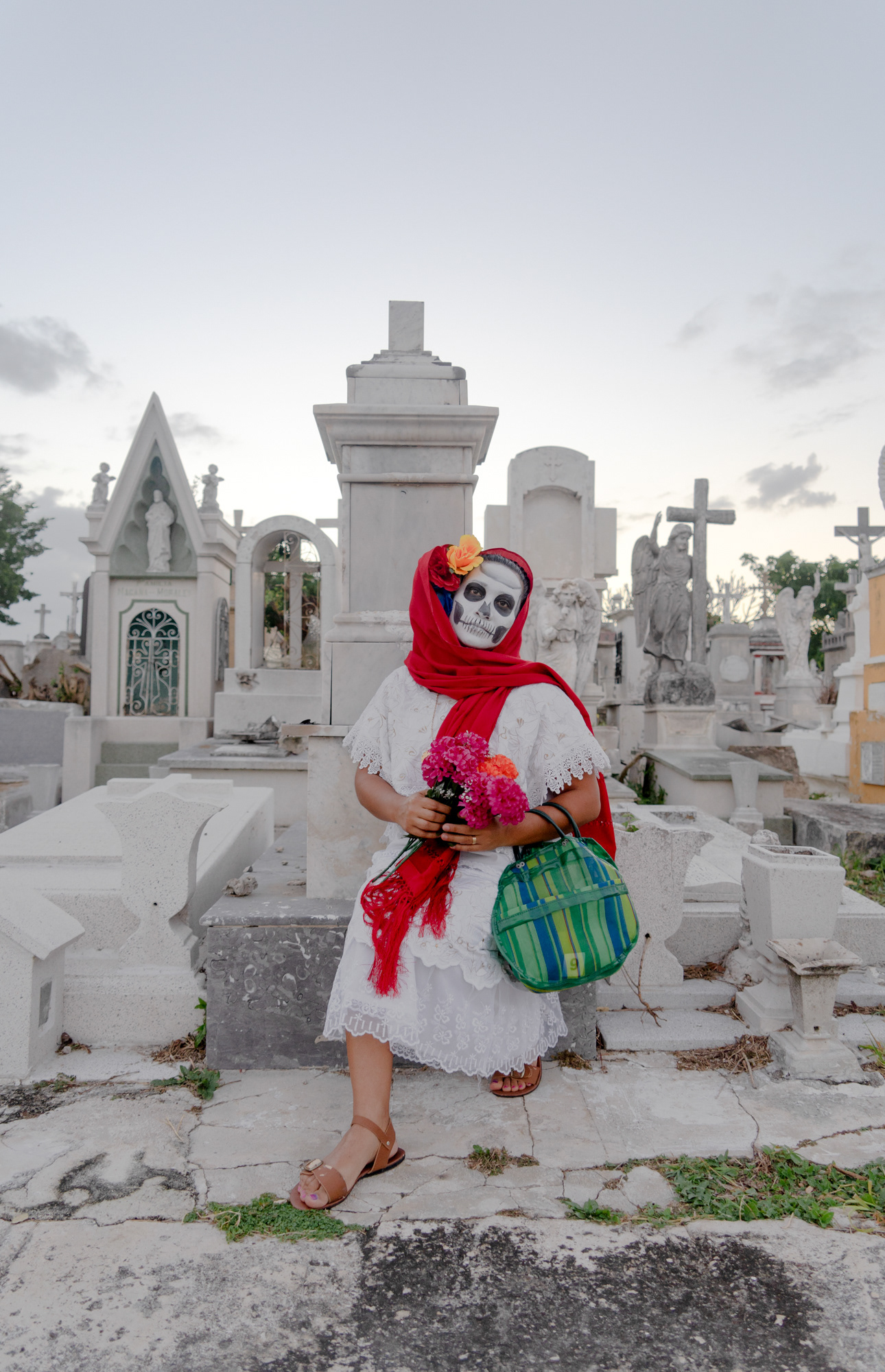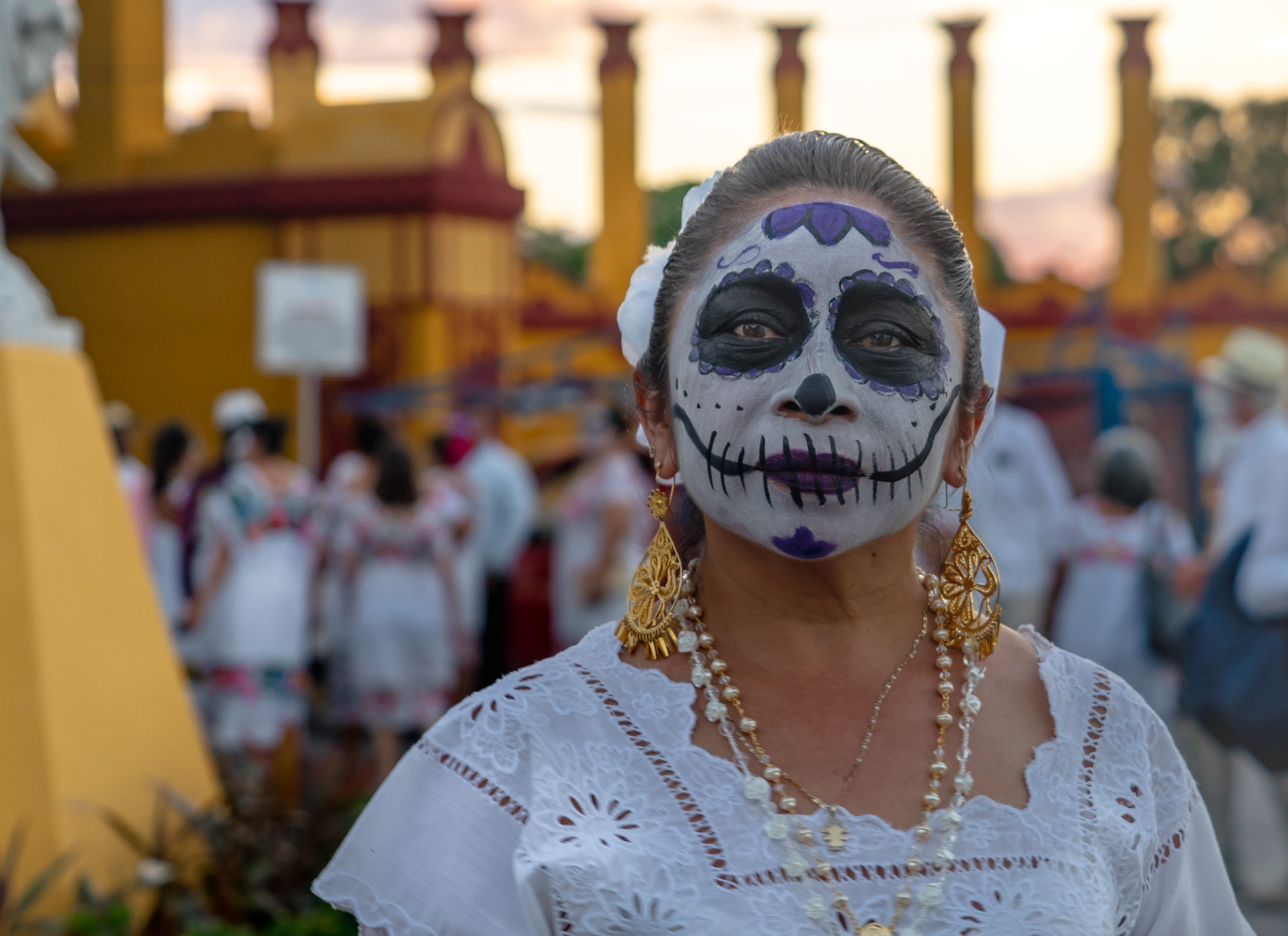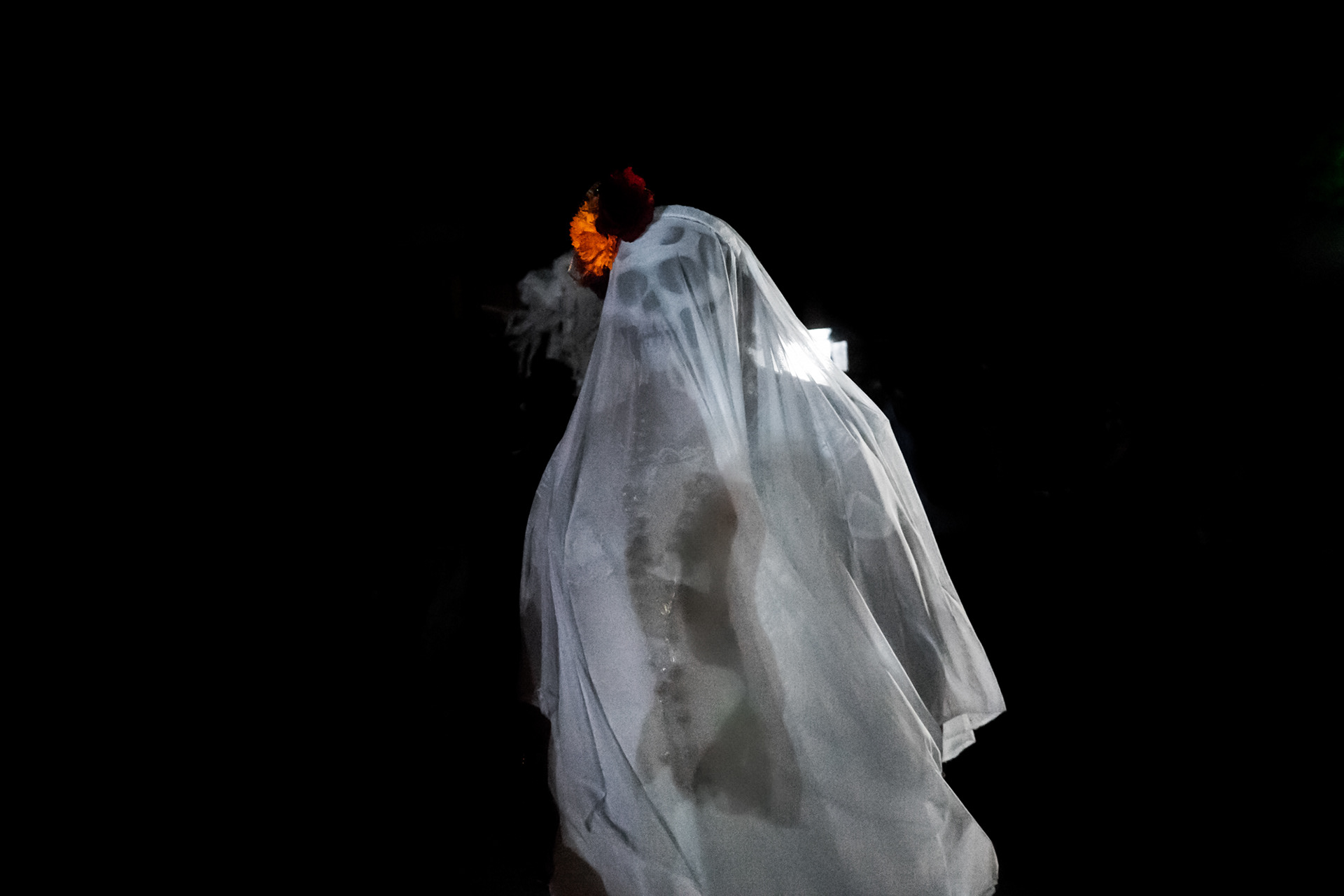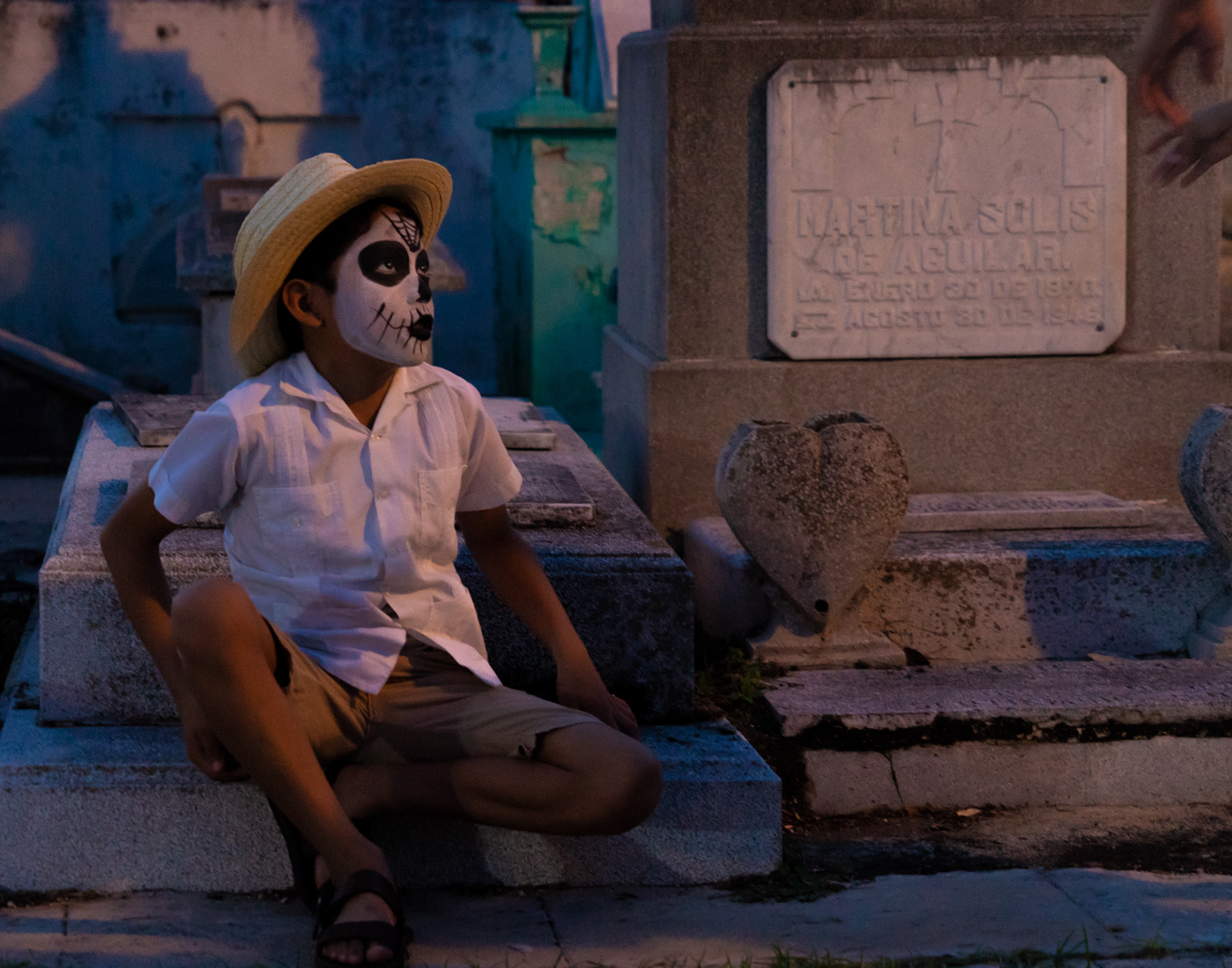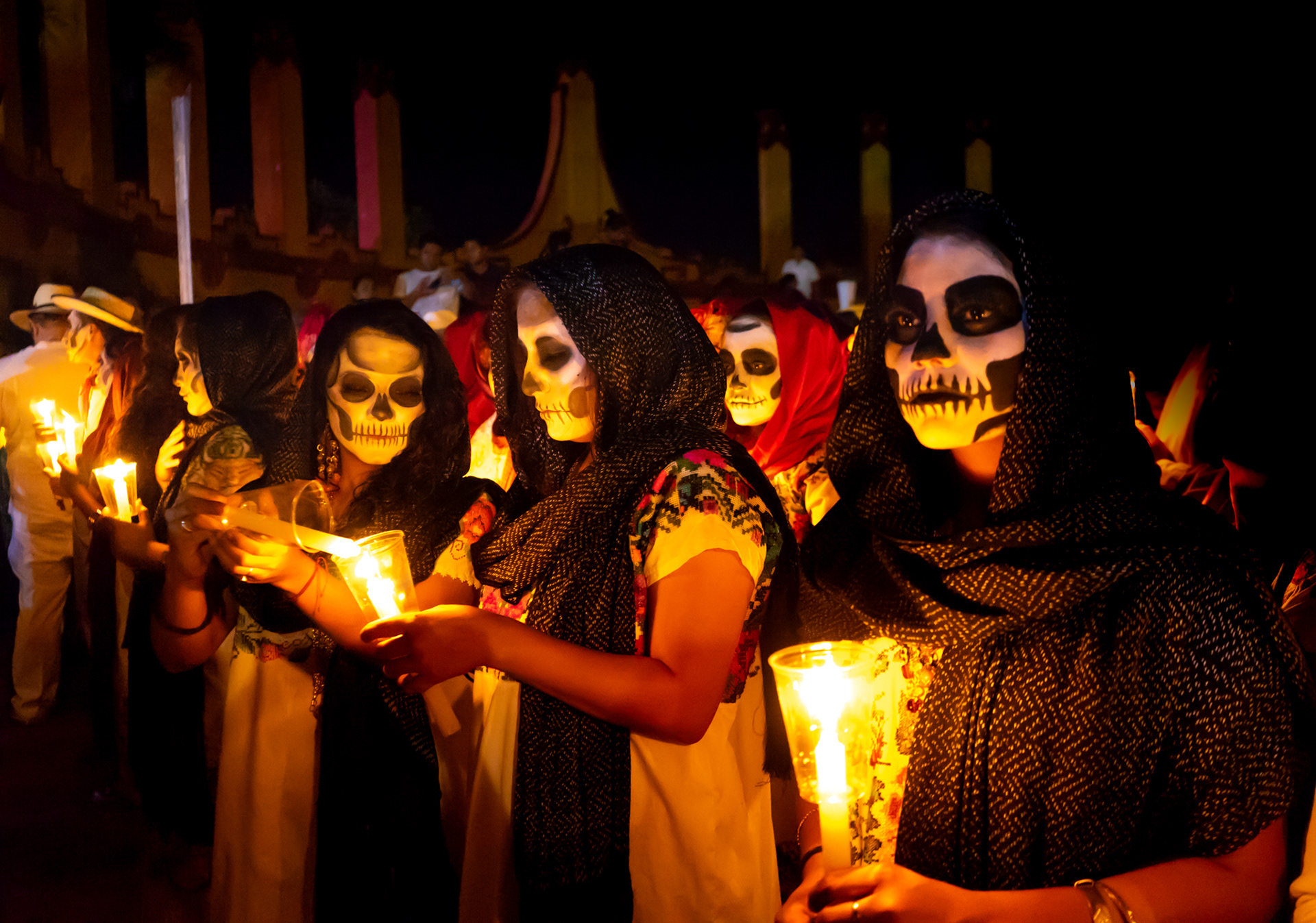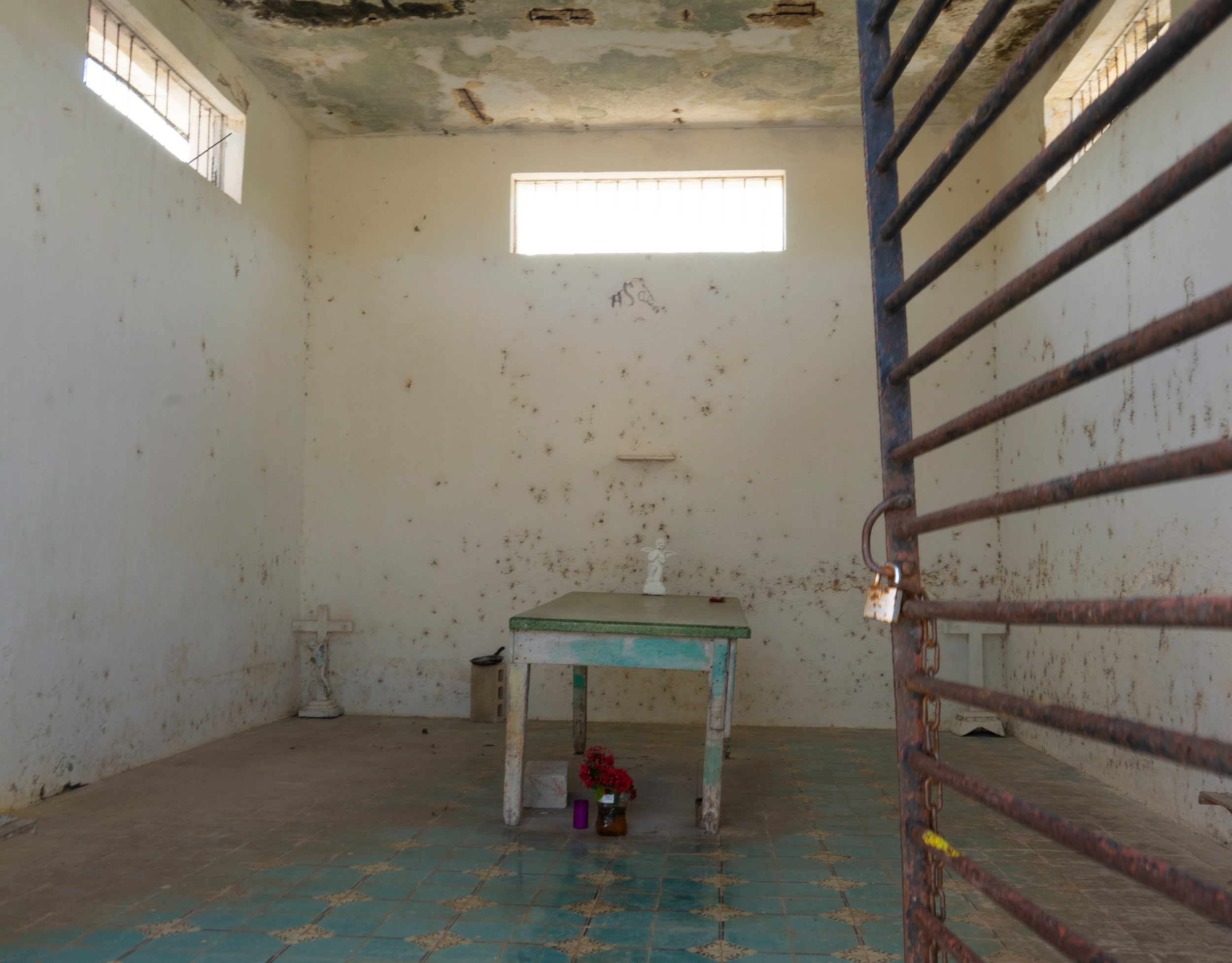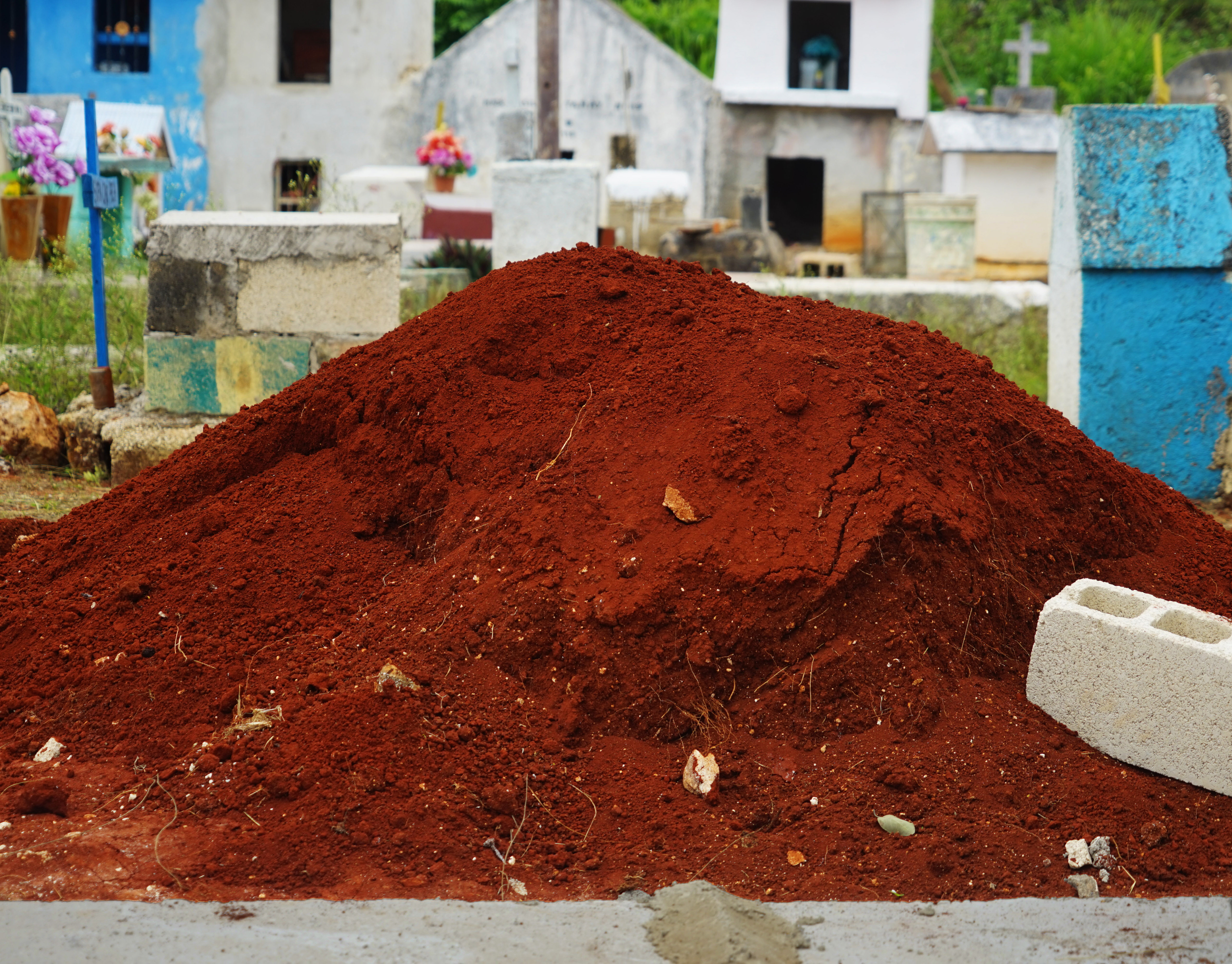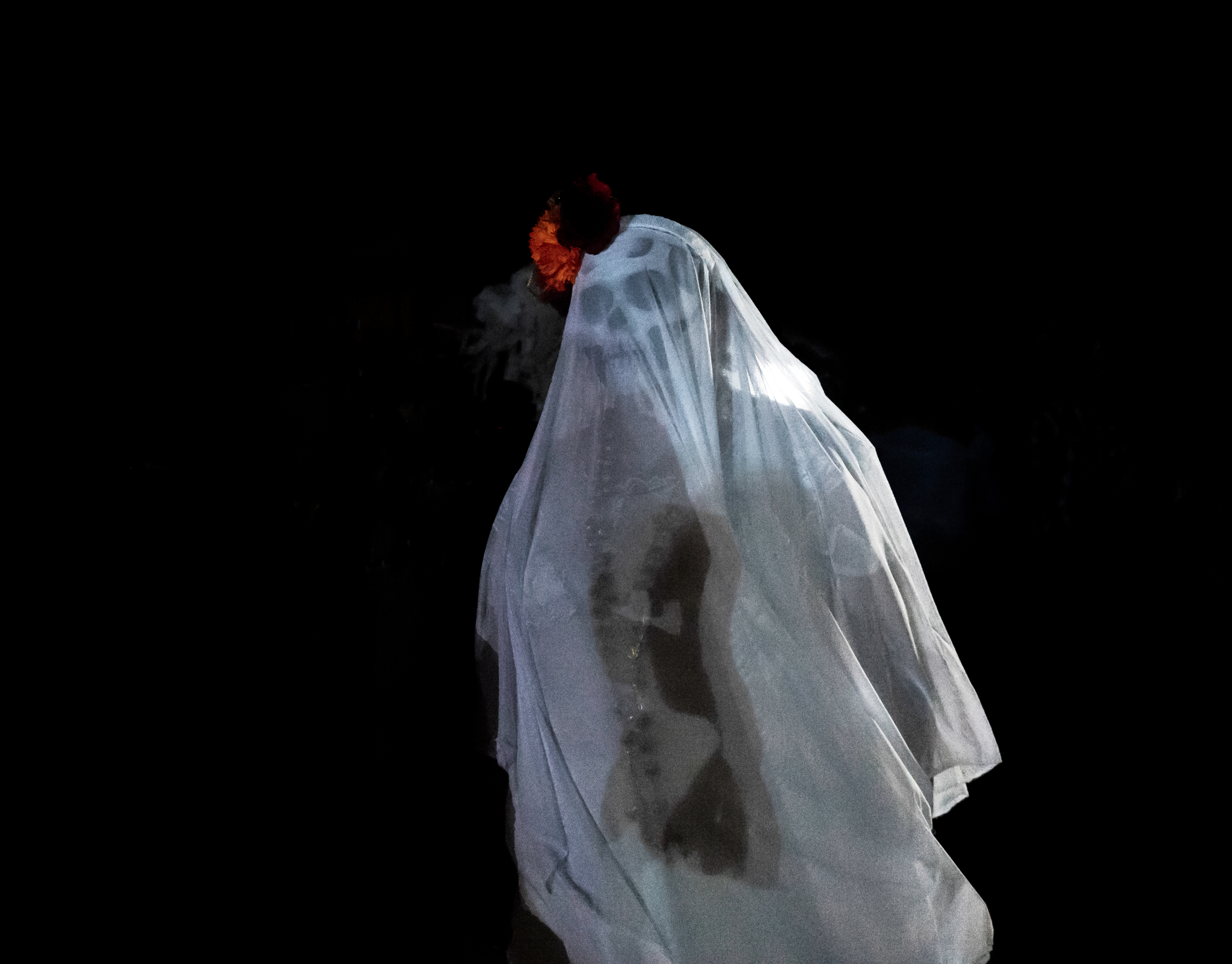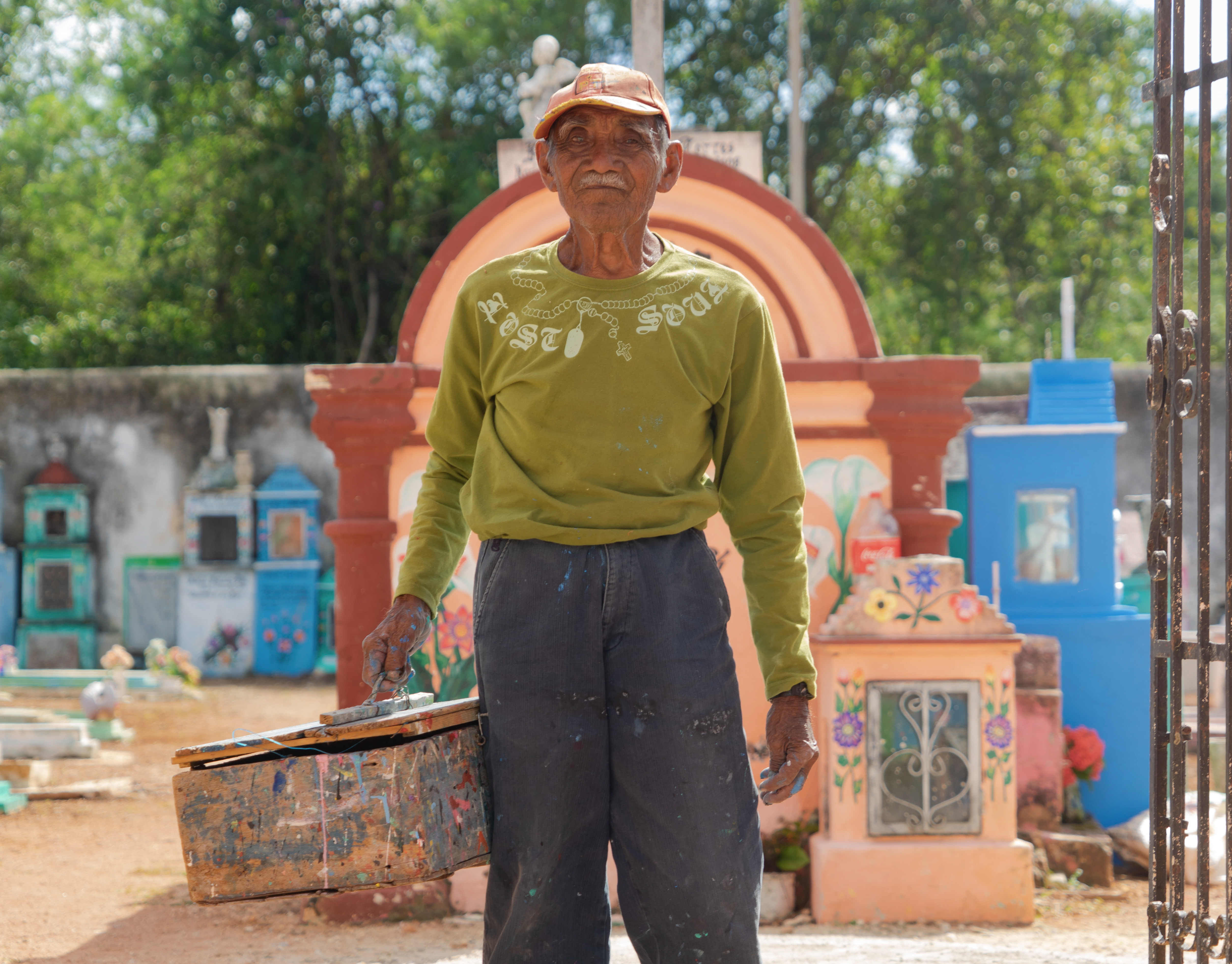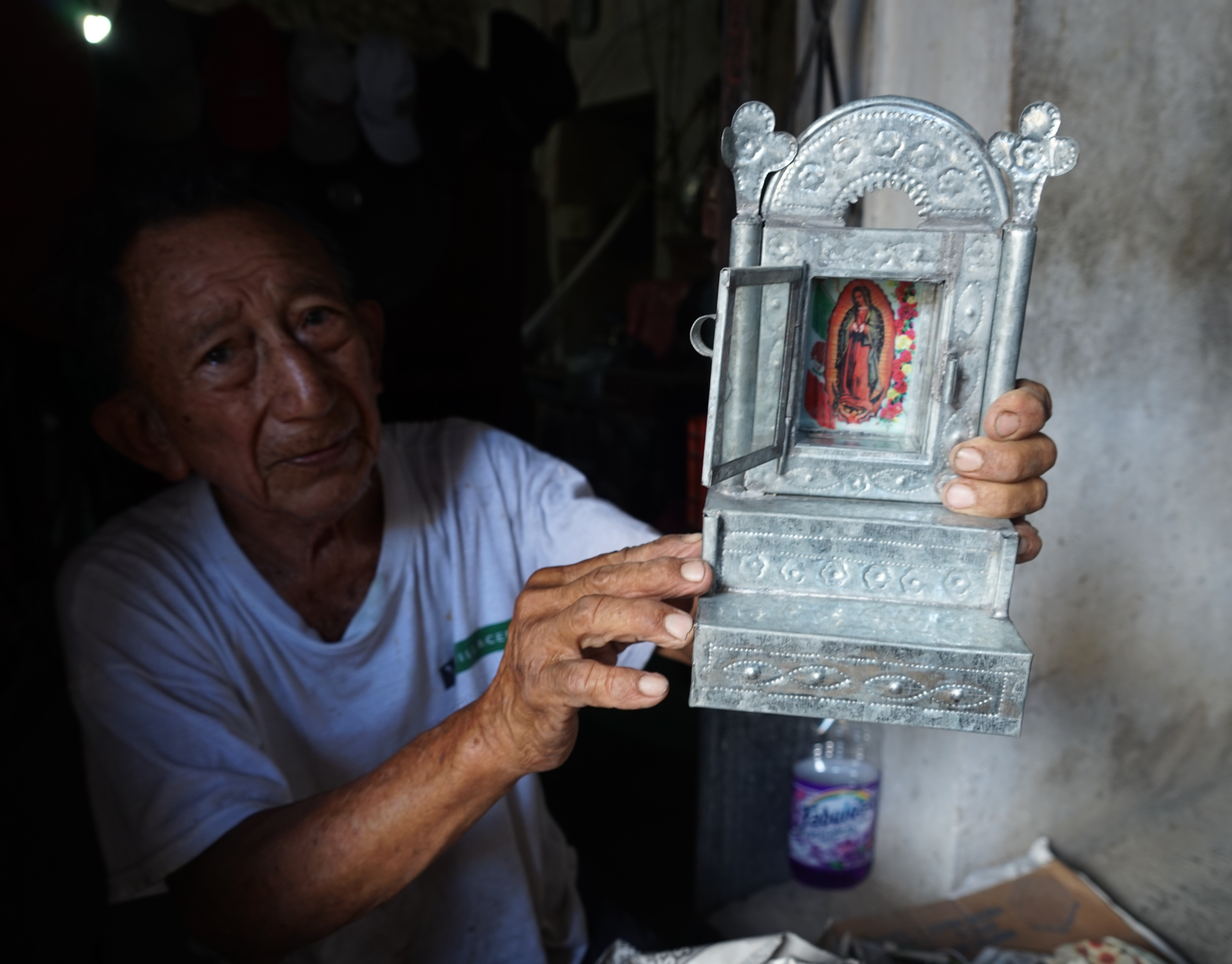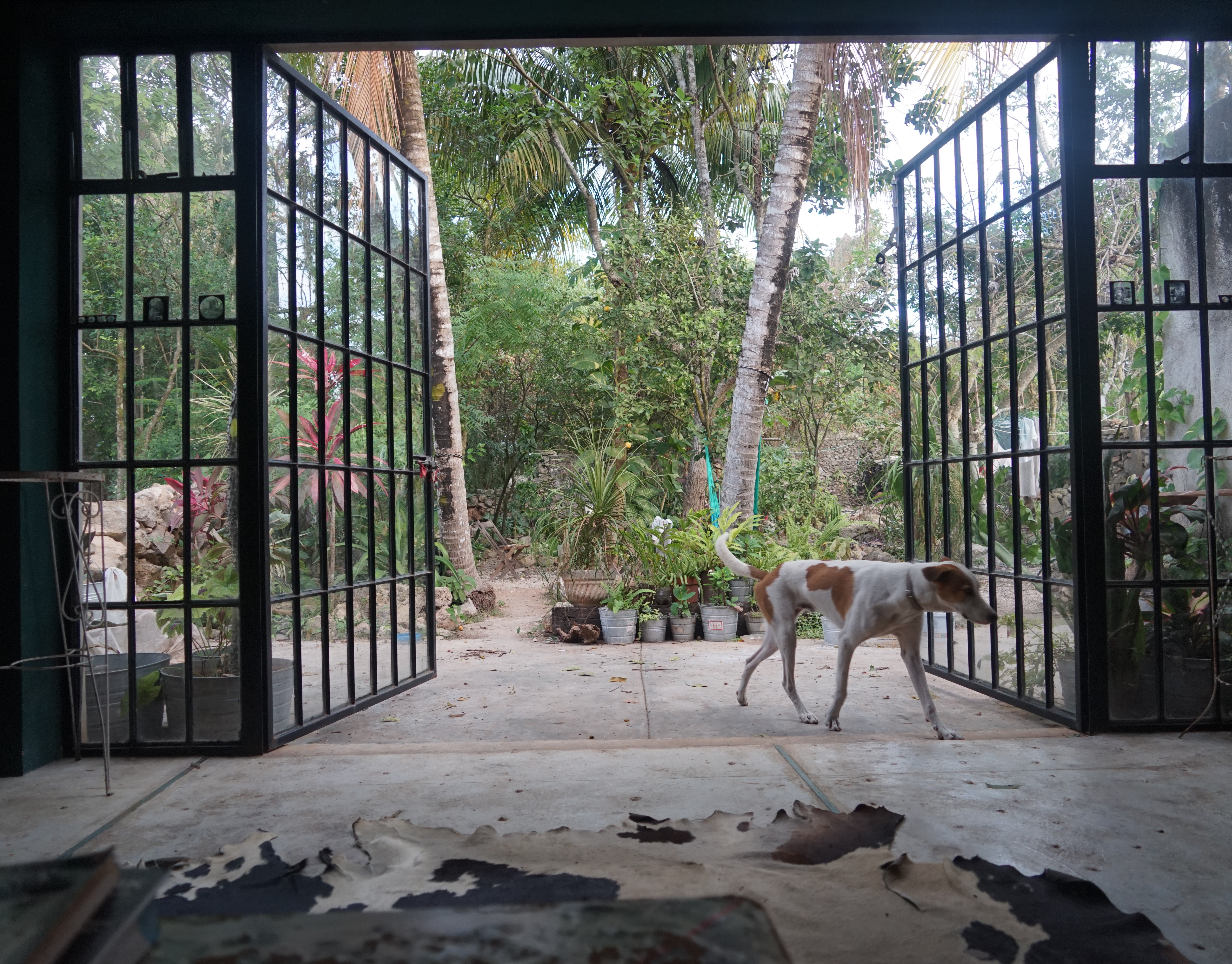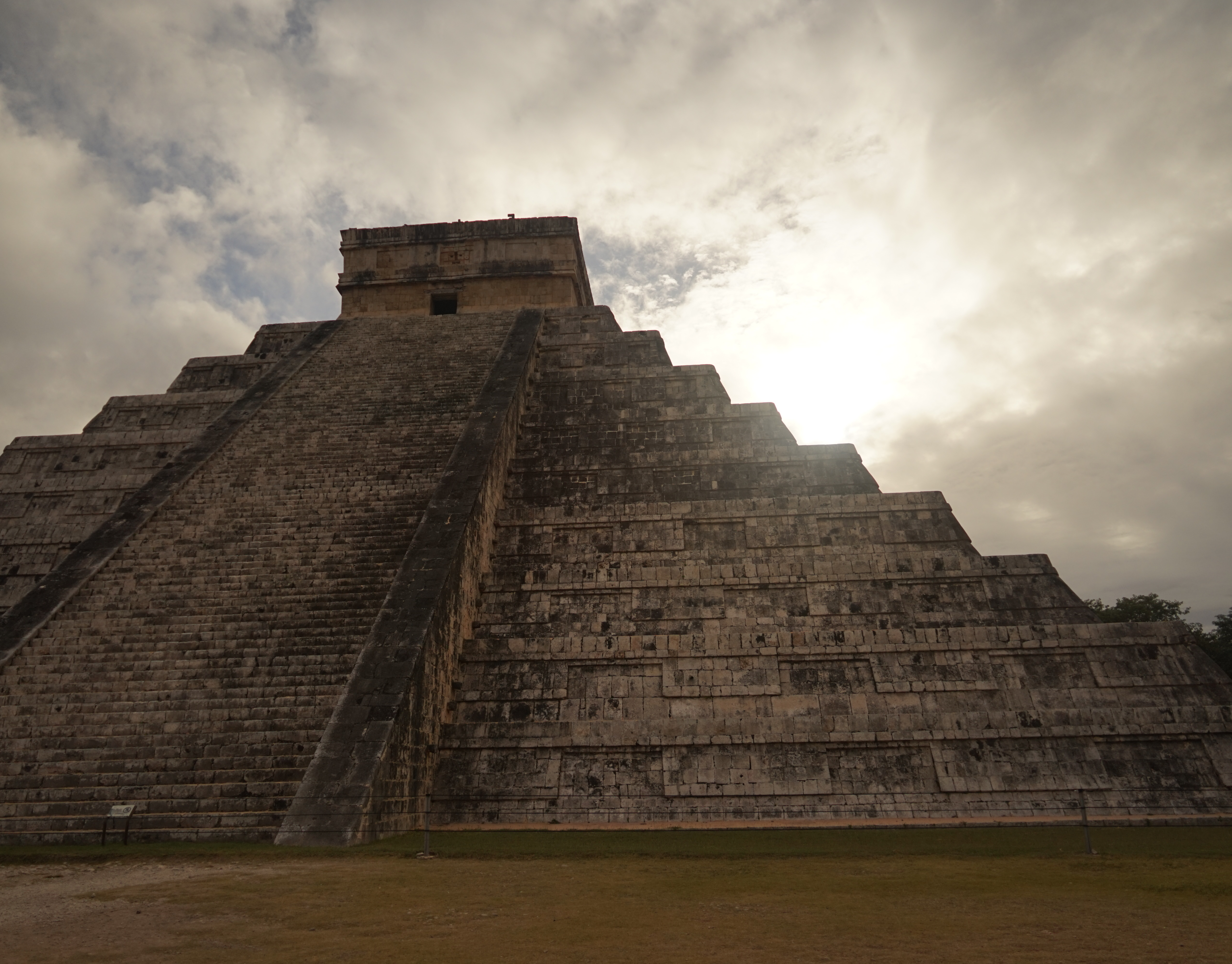Layers of Life in Death: Yucatan, Mexico – Series Category by Roberta Alvarado
PROJECT TITLE
Layers of Life in Death: Yucatan, Mexico
SUBMISSION CATEGORY
--
ARTIST WEBSITE
www.RobertaAlvarado.com
ARTIST LOCATION
Sacramento, United States
Reviewer Portfolio Feedback
Hello Roberta
I have taken some time to study your portfolio, titled, “Layers of Life in Death: Yucatan, Mexico” looking for visual clues that point to what you are trying to accomplish with your photography practice. You are obviously a highly skilled photographer that is aware of what is going on around you. You provided an informative and insightful statement that says, “We happened upon a cemetery and it was so colorful and pretty I wanted to take some photos. I noticed instead of coffins there were small tin boxes. A family we were staying with explained the Mayan burial rituals unique to the region. Loved one's remains are exhumed after 3-6 years and the bones are added to the family "casitas". The traditions are in place to always remember and stay connected to our ancestors.”
Based on what I see, I think you composed your images as a kind of travel diary that searches, to awaken memories, while creating new experiences around the Hanal Pixan. At the same you’re your photos create an artistic, expressive experience for the viewer. Looking through the portfolio I feel like this is very much a cohesive series – visually and conceptually a creative, thoughtful study of the Yucatan people and their customs around death. The people overflow with celebration, reunion, and the desire to reconnect with dead loved ones.
You go on to say that, “I first experienced death at 14 when I was with my friend at the time of her passing. I work in healthcare. I feel this has also been a way for me to process. Death in our culture is looked right in the eyes and dealt with with all the emotions. But it always ends with celebration of life. Hanal Pixan is the Mayan version of the Aztec "Dia de Los Muertos" many have become familiar with. This project is a result of my exploration into the many ways Mayan's in the Yucatan region of Mexico bury and honor ancestors.”
You are particularly interested in capturing your subjects while they are juxtaposed against crowds of people and landscapes of graveyards. In both cases you highlight the contrast of light and shadow and how it interacts with your subjects. Though the images seem inspired by traditional documentary/portrait photography, they have some unique elements, like primarily focusing on one person in each scene. I also see that each photo tells a story about your subjects in the photos. I don’t think there is any way to look at these photos and not feel fascinated! Your photos highlight a sense of human relationship. Also, with the single people, there are ideas around celebration while moving through the crowds. With painted faces there is also personal expression and longing.
When I look at the group of photos as a whole, they blur the lines between street photography, documentary, travel photography, portraiture, and fine art. The images can be seen as portraits of people gathering together for celebration, in dramatic cemetery settings, some filled with crowds of people, light and shadow. Most of the subjects are isolated in the frame, as if they have been singled out from the crowd to give a private performance for both the photographer and the viewer (photos 1, 5, 6, 7, 8, and 9). The viewer is prompted to wonder who these people are and where they may be going. An elderly man stands in the gateway of a cemetery, with one foot inside and one foot outside. A woman, with her face painted like a stylized skull, looks into the camera as if to see right through the viewer’s soul. Skull-adorned people gather in candlelight to welcome the return of dead relatives. Every image in our portfolio tells a story about your travels and the journey (physical, psychological, emotional, and even spiritual) of your subjects.
An interesting quality of your work is how there is even an element of performance in the photos. The people are going about their daily lives but you capture moments when very specific performances are occurring during this special day. The performances have to do with costuming, gathering, and celebrating. Your images strike me as illustrating a lot of ideas having to do with characters, real characters, and how all those characters function on the street and in the world. I see the photos as a study of life, death, and the human condition in the Yucatan.
A thread that runs through your photos is that most of the people in the photos are unaware of the photographer’s presence – and thus the viewer’s presence. The viewer becomes an outsider, looking into these scenes. Another thread is that the environments the subjects are in are in are celebratory, yet somber environments, in day and night-time settings and are captured dramatic, natural light. Also, your photos are presented with the sense of emotional drama in a way that only death customs can provide! The crowds are also an important visual element, perfectly serving to describe to the viewer something about the environment.
Everything in the photos contributes to the idea of human interaction and a visual relationship between light and shadow. The expressiveness the people convey, the festive clothing they wear, the positions of their bodies, the vantage point of the camera, and the environments they are in all tell the stories during these moments in time. And, your use of light provides an elevated level of drama. The photos also have a degree of mystery that lures viewers in to discover the knowledge they have to reveal.
The photos seem completely candid and undirected, which is the style of this genre of photography. Also the backgrounds you capture reveal a lot about the stories you are telling here. They create a context where the viewer compares, contrasts, and finds meaning from the resulting visual conversation that is happening in the frame. For me, the images are powerful in a group, but they are also interesting as individual photos.
Part of the magic of these images is what you have chosen to include in the frame and all the elements you deliberately leave out. Everything in the design of these images seems deliberate. In most of the photos you move in close to bring emphasis on what is most important to you. It makes for a dynamic presentation. And within the frames the subjects are performing their distinctive roles in their theater of life and death. Clearly, the personas you notice and capture in the photos are very important characters in your story!
My first observation/suggestion is about presentation. I can imagine these photos printed large, to inspire feelings of awe by creating a sense of scale for the viewer. Large-scale presentation could prompt the viewer to feel small when confronted by the ideas of standing in front of these very human, celebratory scenes. Viewers would feel confronted with unexpected perspectives and that could inspire creative interpretations.
My next observation/suggestion also has to do with presentation. I suggest that the photos would be effective in a book. I think your ideas and stories (I think you have many stories to tell), combined with the photos will make an interesting and challenging presentation. Also with a book, the viewer can hold the images, making the interaction more personal and intimate.
You ask, “about how you can improve our photography skills. I think your use of composition is masterful. One tool you could use is a low power flash when photographing people, especially when the background is brighter than the subject. Keep in mind that the eye is attracted to the brightest part of the scene. In Photos 1, 5, and 6 a small amount of flash would make the subjects “pop” in the compositions. As a fix right now, you may be able to brighten them up and darken the backgrounds in editing. I think that you are very aware of light, shadow, and form so I suggest that the color photos in your portfolio would also be effective in black and white. It is very rare that I see photos that can function well as color and black and white, but I feel like a black and white presentation would add another perspective of drama to the photos. It would help them communicate more deeply on an emotional level. It isn’t that black and white would be better than color, black and white is an additional way to present the work and would emphasize different qualities of the photos.
Your images and your project are very thought provoking and creative. They are full of stories waiting to be told! I would strongly encourage you to keep pursuing your ideas about exploring your world. And the way these people perform their ancient customs. But, look at lots of portfolios that will inspire you to make new photos. If you haven’t, look at the photography of Henri Cartier-Bresson and the travel/cultural photography of Steve McCurry. I very much enjoyed looking at your photos and I appreciate the way your images are masterfully considered and carefully designed. I hope this review is helpful and I look forward to seeing what you will do next!
Artist Bio
“ Hi, my name is Roberta Alvarado. I've been traveling through North and Central America with my camera by backpack since 2016. It allows me the freedom to take transportation to where the story I seek takes me. My current and ongoing project is an exhibit that appreciates Indigenous cultures from North and Central America. My work might be seen as having a dark edge but I see the beauty in life's cycle and see it as celebratory. I find value by recognizing life's fragility in hopes we may embrace the seemingly mundane tasks with intention while observing our global interconnectedness. Photography is my first love. We met in high school and have been inseparable ever since. I'm drawn to it's truth, it's necessity to remember, to stay connected, and to, like myself, reconnect. ”
Project Statement
“This is part of a larger body of work over a 3 year period and is ongoing. It's a journey of self discovery and way to share with others who, like me, have felt disconnected from our culture. It started as a bicycle ride along a lone highway on our way to investigate some caves. We happened upon a cemetery and it was so colorful and pretty I wanted to take some photos. I noticed instead of coffins there were small tin boxes. A family we were staying with explained the Mayan burial rituals unique to the region. Loved one's remains are exhumed after 3-6 years and the bones are added to the family "casitas". The traditions are in place to always remember and stay connected to our ancestors.
I first experienced death at 14 when I was with my friend at the time of her passing. I work in healthcare. I feel this has also been a way for me to process. Death in our culture is looked right in the eyes and dealt with with all the emotions. But it always ends with celebration of life. Hanal Pixan is the Mayan version of the Aztec "Dia de Los Muertos" many have become familiar with. This project is a result of my exploration into the many ways Mayan's in the Yucatan region of Mexico bury and honor ancestors.
”
I first experienced death at 14 when I was with my friend at the time of her passing. I work in healthcare. I feel this has also been a way for me to process. Death in our culture is looked right in the eyes and dealt with with all the emotions. But it always ends with celebration of life. Hanal Pixan is the Mayan version of the Aztec "Dia de Los Muertos" many have become familiar with. This project is a result of my exploration into the many ways Mayan's in the Yucatan region of Mexico bury and honor ancestors.
”
